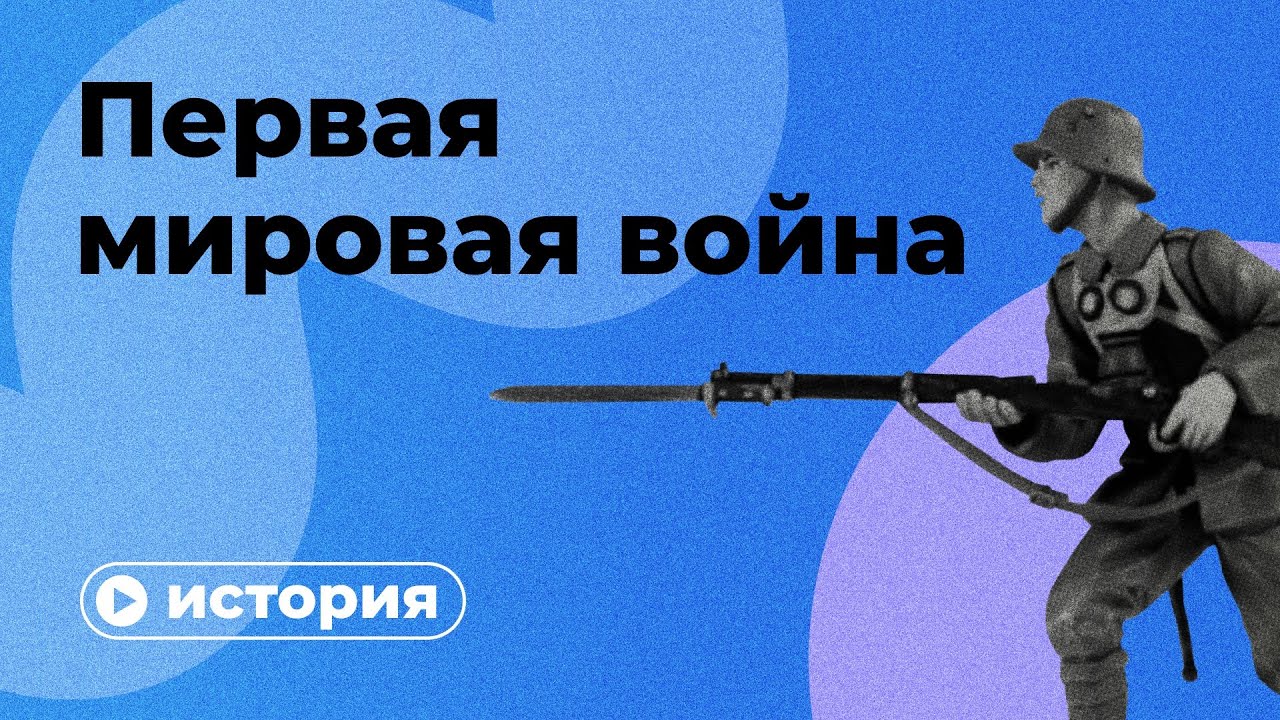World War 1 Breakout - In A Nutshell
Summary
TLDRThe video script delves into the complex origins of WWI, challenging the notion that it solely began with the assassination of Archduke Franz Ferdinand. It outlines four key factors: the rise of nationalism, the disturbance in the balance of power with the unification of Italy and Germany, the tangled web of alliances that could trigger a domino effect, and the offensive military theory that favored preemptive strikes. These elements created a volatile situation in Europe, with the assassination serving as the catalyst for an inevitable conflict.
Takeaways
- 🔍 The assassination of Austrian Archduke Franz Ferdinand by Gavrilo Princip on June 28th, 1914, is commonly cited as the trigger for WWI.
- 🏰 The war's outbreak was not solely due to the assassination but was a result of deeper, long-standing issues within Europe.
- 👤 Influential figures like Otto von Bismarck had foreseen the possibility of a major conflict decades before WWI.
- 🇪🇺 Nationalism, as an extreme form of patriotism, was a dominant ideology in 19th century Europe and contributed to the desire for war among Europeans.
- ⚖️ The unification of Italy and Germany, along with the decline of the Ottoman Empire and a post-revolution France, disturbed the balance of power in Europe.
- 🔗 A complex web of alliances among European nations meant that a localized conflict could escalate rapidly, drawing in many countries.
- 💥 The fear of being attacked due to offensive military theories led to a preemptive 'Race to War', where the first strike was seen as crucial.
- 🌐 The assassination was the spark that ignited the already tense situation in Europe, which was likened to a powder keg ready to explode.
- 📚 There are four leading theories presented for the cause of WWI, each highlighting different aspects of the complex geopolitical landscape of the time.
- 🔑 The script suggests that the war was not an isolated incident but the culmination of various factors including nationalism, power shifts, alliances, and military strategies.
- 🌟 The 'Shot heard 'round the world' metaphorically represents the assassination's role as the catalyst for the war, rather than the sole cause.
Q & A
What event triggered the start of World War I?
-The assassination of Austrian Archduke Franz Ferdinand by Gavrilo Princip, a Serbian nationalist, on June 28th, 1914.
Why was the assassination of Archduke Franz Ferdinand significant enough to start a war?
-The assassination was a catalyst in a complex web of political, social, and military tensions that had been building up in Europe, particularly due to nationalism, disturbed balance of power, and entangled alliances.
What is one of the leading theories for the cause of WWI mentioned in the script?
-The rise of nationalism, where extreme patriotism led to a desire among many Europeans to fight for land, honor, and country.
How did the unification of Italy and Germany affect the balance of power in Europe?
-The unification of Italy and Germany, along with the crumbling of the Ottoman Empire and the instability of post-revolution France and Austro-Hungary, disturbed the equilibrium that had kept Europe stable for centuries.
What was the impact of the tangled web of alliances on the outbreak of WWI?
-The web of alliances created a situation where a small conflict could trigger a domino effect, involving more countries in wars they might not have been interested in initially.
What is the 'Offensive Military Theory' and how did it contribute to the start of WWI?
-The Offensive Military Theory emphasized the importance of striking first in a conflict. This led to a 'Race to War' as countries feared being attacked and thus mobilized their forces preemptively.
Who was Otto von Bismarck and why is he mentioned in the context of foreseeing the war?
-Otto von Bismarck was a Prussian statesman who unified Germany and served as its first chancellor. He is mentioned as someone who foresaw the potential for war due to the shifting political landscape of Europe.
How did the script describe the state of the Austro-Hungarian Empire before WWI?
-The Austro-Hungarian Empire was described as struggling to sustain a multi-national empire in an era of rising nationalism, which was a source of instability.
What does the phrase 'The Shot heard 'round the world' refer to in the context of WWI?
-The phrase refers to the assassination of Archduke Franz Ferdinand, which, like a spark, ignited the larger conflict of World War I.
What does the script suggest about the inevitability of WWI?
-The script suggests that Europe was already on the brink of a major conflict, with various factors contributing to a 'powder keg' situation, and the assassination was just the event that set it off.
How does the script characterize the scale and impact of WWI?
-The script characterizes WWI as unprecedented in scale and impact, indicating that it was a massive and transformative event in world history.
Outlines

هذا القسم متوفر فقط للمشتركين. يرجى الترقية للوصول إلى هذه الميزة.
قم بالترقية الآنMindmap

هذا القسم متوفر فقط للمشتركين. يرجى الترقية للوصول إلى هذه الميزة.
قم بالترقية الآنKeywords

هذا القسم متوفر فقط للمشتركين. يرجى الترقية للوصول إلى هذه الميزة.
قم بالترقية الآنHighlights

هذا القسم متوفر فقط للمشتركين. يرجى الترقية للوصول إلى هذه الميزة.
قم بالترقية الآنTranscripts

هذا القسم متوفر فقط للمشتركين. يرجى الترقية للوصول إلى هذه الميزة.
قم بالترقية الآن5.0 / 5 (0 votes)






